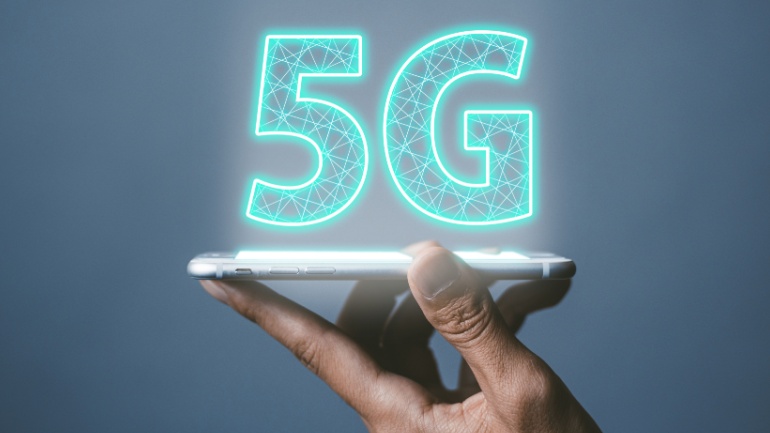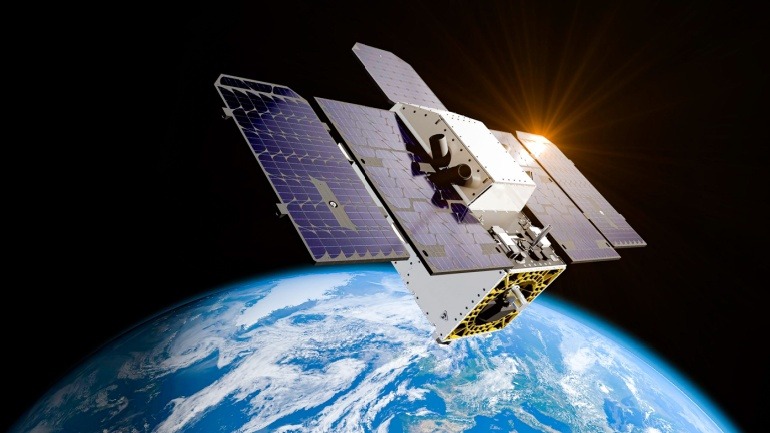MasOrange, the largest mobile operator in Spain thanks to the merger of Orange Spain and Masmovil, plans to significantly cut down on Chinese equipment in its 5G network. The local newspaper, Expansion, revealed this strategic shift, which could hugely benefit Swedish vendor Ericsson. As per the report, starting from the 2028-2029 period, Ericsson might become MasOrange’s sole supplier for their 5G networks.
The process will unfold in two stages. Initially, from 2024 to 2027, Huawei’s share of MasOrange’s 5G equipment will drop from 54% to around 39%, while Ericsson’s share will jump from 42% to 61%. At the same time, ZTE, which currently holds a minor 4% stake, will be entirely phased out by the end of 2027. The second phase from 2028 to 2029 aims to fully eliminate Huawei’s equipment if all goes as planned.
However, Ericsson could face challenges. To secure the exclusive long-term contract, it will need to meet rigorous quality standards set by MasOrange. This precaution is mainly motivated by MasOrange’s strategic foresight. Masmovil executives emphasized avoiding risks related to geopolitical tensions that might affect Huawei and ZTE, due to concerns raised by the 5G Security Operations Center about their connections to the Chinese government. Conversely, Orange executives worry about over-reliance on a single Western vendor.
Despite these dynamics, MasOrange aims for expansive growth. They plan to extend their 5G network to 100% of nearly 750 Spanish municipalities with populations over 10,000. By the end of this year, MasOrange intends to cover almost 3,700 municipalities, a significant increase from the current 2,700. Their network currently serves 85% of Spain’s population, operating nearly 9,800 sites in the 700 MHz band. Among those, 5,500 nodes are distributed across 2,500 small towns, with villages of fewer than 1,000 residents also benefiting.
Additionally, MasOrange announced plans to invest 4 billion euros ($4.33 billion) in Spain over the next three years. The investment focuses on deploying 5G and fiber optic networks and introducing new services. This major investment followed the clearance of their merger by both the European Union and the Spanish government earlier this year.







